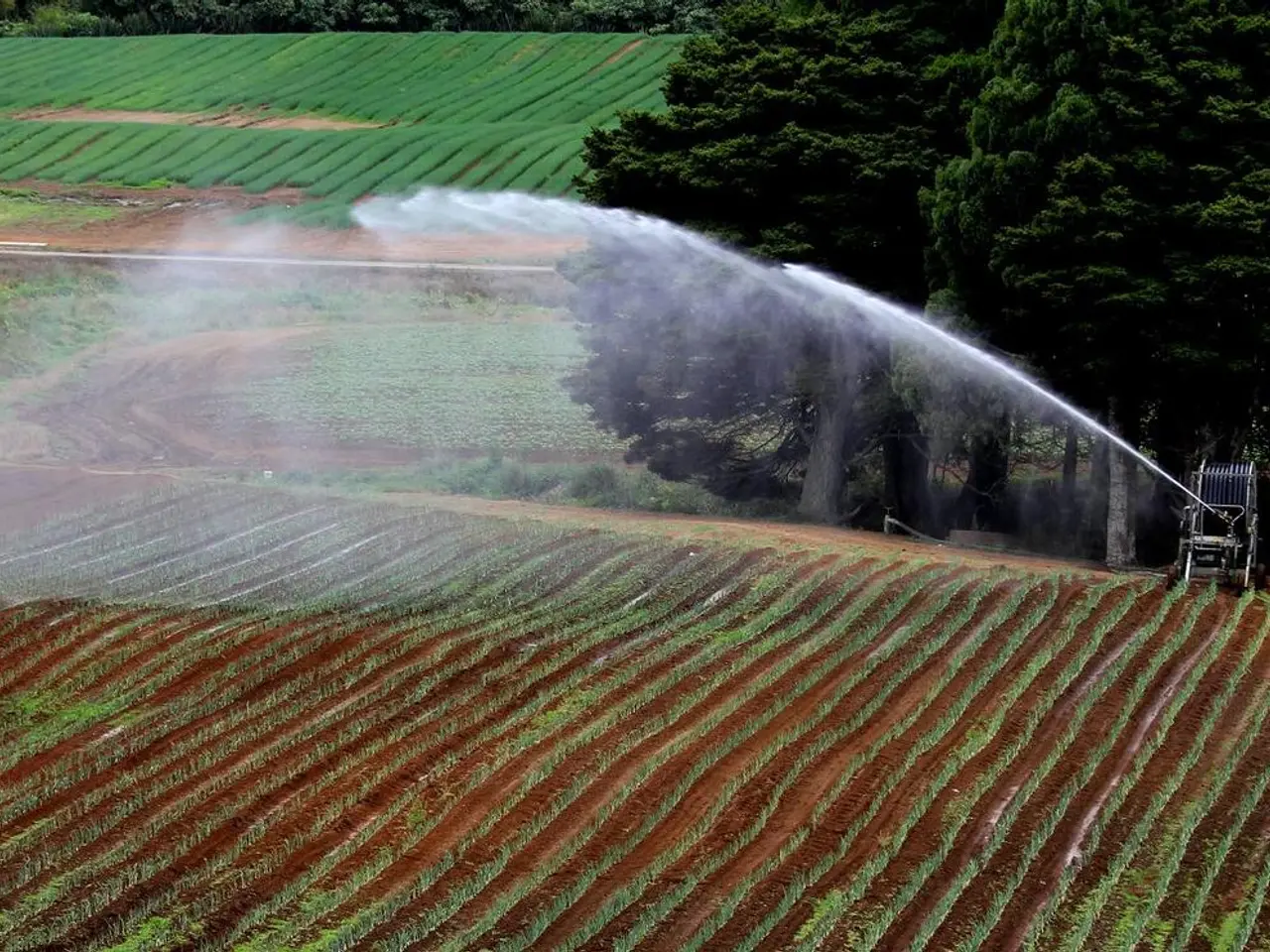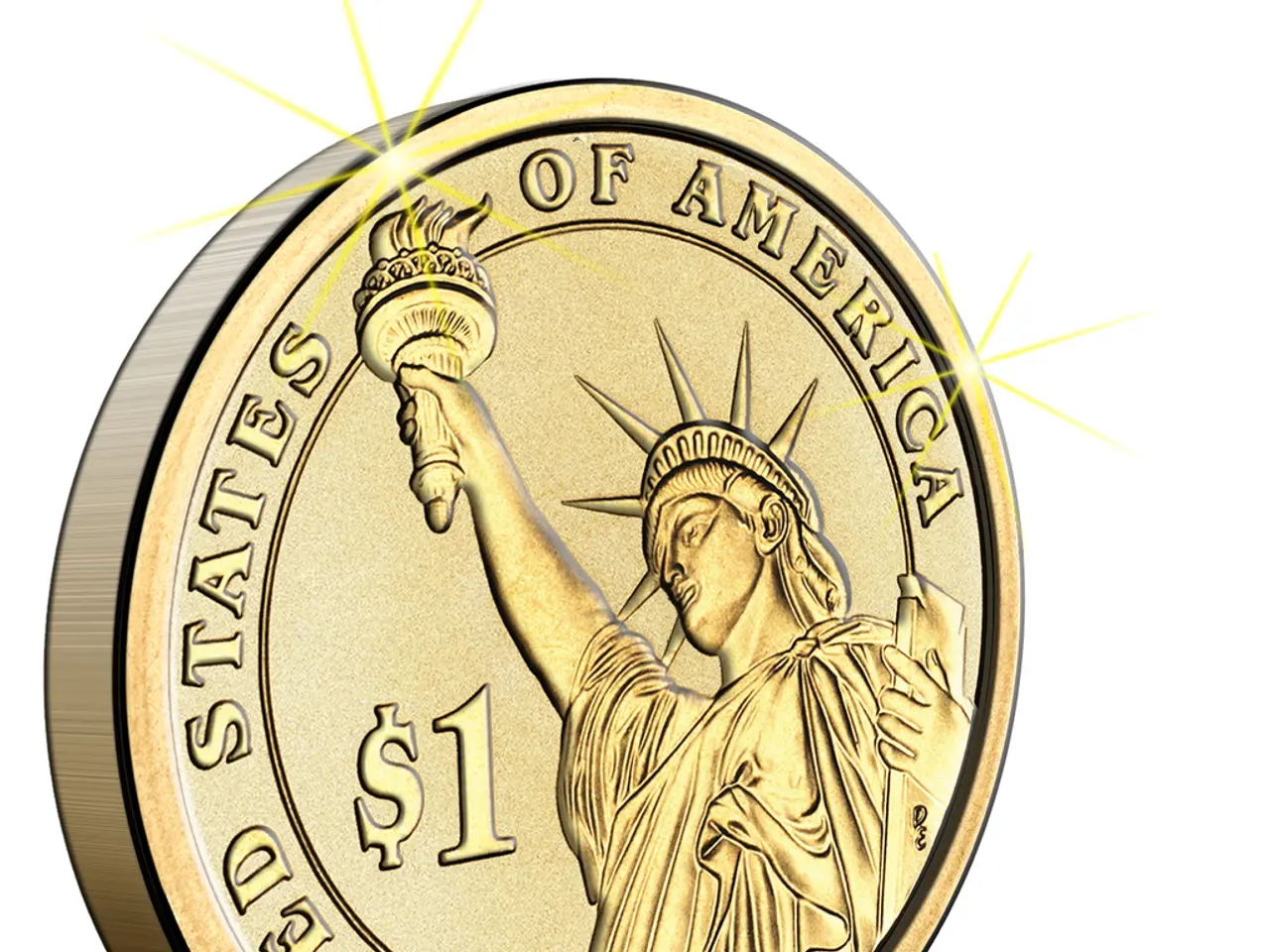New Zealand and India to Complete Free Trade Agreement Within Two Months
India and New Zealand Progress Towards Free Trade Agreement
New Zealand Prime Minister Christopher Luxon is currently in India for a 4-day visit, marking a significant step towards the potential signing of a Free Trade Agreement (FTA) between the two countries.
The proposed FTA is focusing on reducing tariffs in agriculture, particularly in dairy and horticulture products. India is considering tariff reductions that could open a significant dairy export opportunity for New Zealand, worth up to $2 billion, as the country considers reducing duties on dairy products. However, horticulture products still face tariff challenges, indicating that tariff concessions may be selective and negotiated carefully.
India's approach remains cautious with sensitive agricultural sectors, a strategy aimed at safeguarding small farmers and sectors with strong domestic sensitivities. This is consistent with India's stance in other trade agreements, where sensitive agricultural items like dairy were excluded from concessions.
The FTA also emphasizes expanding cooperation in services such as digital collaboration and education. This focus on services trade is expected to facilitate the mobility of professionals, students, and skilled workers between the two countries. The significant rise in Indian student enrollment in New Zealand universities underscores this focus on enhanced mobility and collaboration in education services.
Prime Minister Narendra Modi believes that the proposed deal will increase the potential for bilateral trade, investment, and mutual cooperation. New Zealand trade minister Todd McClay stated that there are many opportunities to grow trade between the two nations, and they will respect their negotiators.
The FTA is also expected to encourage sectors like dairy, food processing, and pharmaceuticals in India. If finalized, the deal may increase bilateral trade by 10 times over a decade. However, as of July 2025, the agreement is still under negotiation, and final details on tariff schedules and professional mobility provisions are pending completion in upcoming negotiation rounds.
The bilateral trade figures for 2023-24 indicate a slight decrease compared to the previous year, standing at $873.4 million (exports $538.33 million and imports $335 million). The FTA deal may address the issue of irregular migration, and India is also expecting to facilitate the mobility of professionals and skilled workers between the two countries.
In conclusion, the India-New Zealand FTA negotiations are progressing towards gradual tariff reductions in agriculture, selective tariff concessions, and enhancement of services trade, particularly education and digital services, facilitating mobility of professionals. The final details on tariff schedules and professional mobility provisions are yet to be finalized, but ongoing talks reflect promising but as-yet incomplete commitments.
The FTA negotiations between India and New Zealand involve discussions in finance, as tariff reductions could potentially increase revenue for both nations, particularly in the dairy sector for New Zealand. The business sector is also heavily involved, with both nations expecting increased bilateral trade and investment. Additionally, the politics of both countries play a role, as the negotiations require careful consideration of sensitive sectors to protect domestic interests. This situation is covered in the general news, as the progress of the FTA negotiations remains a topic of interest.




